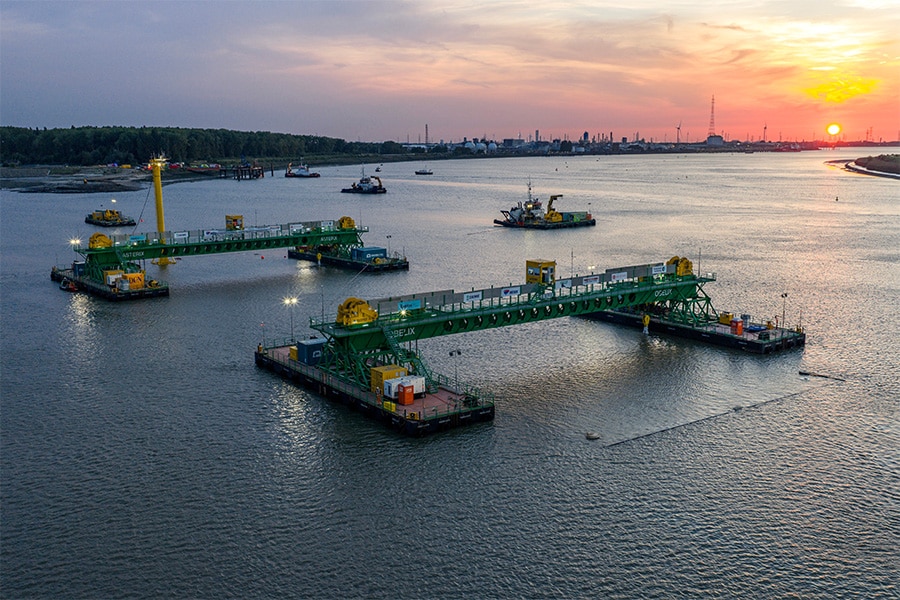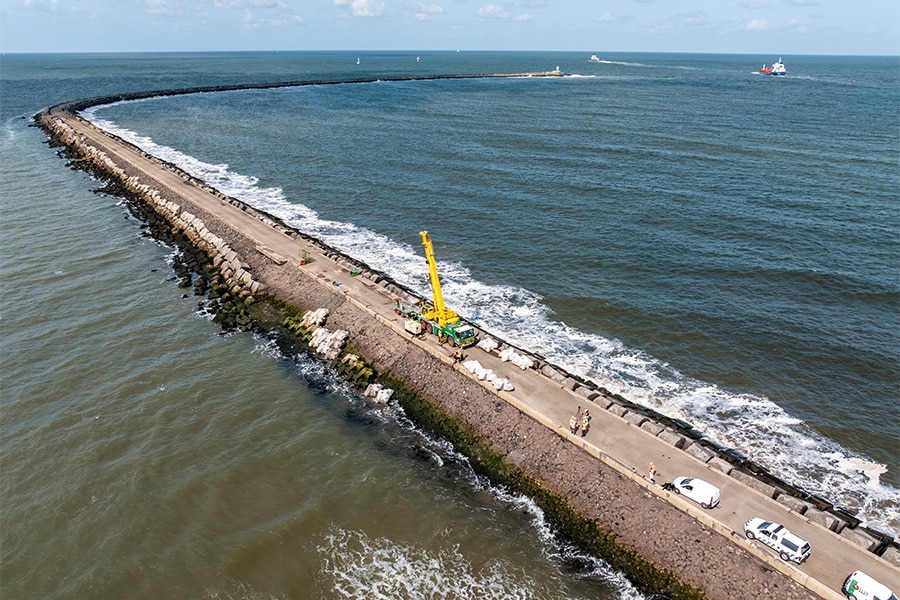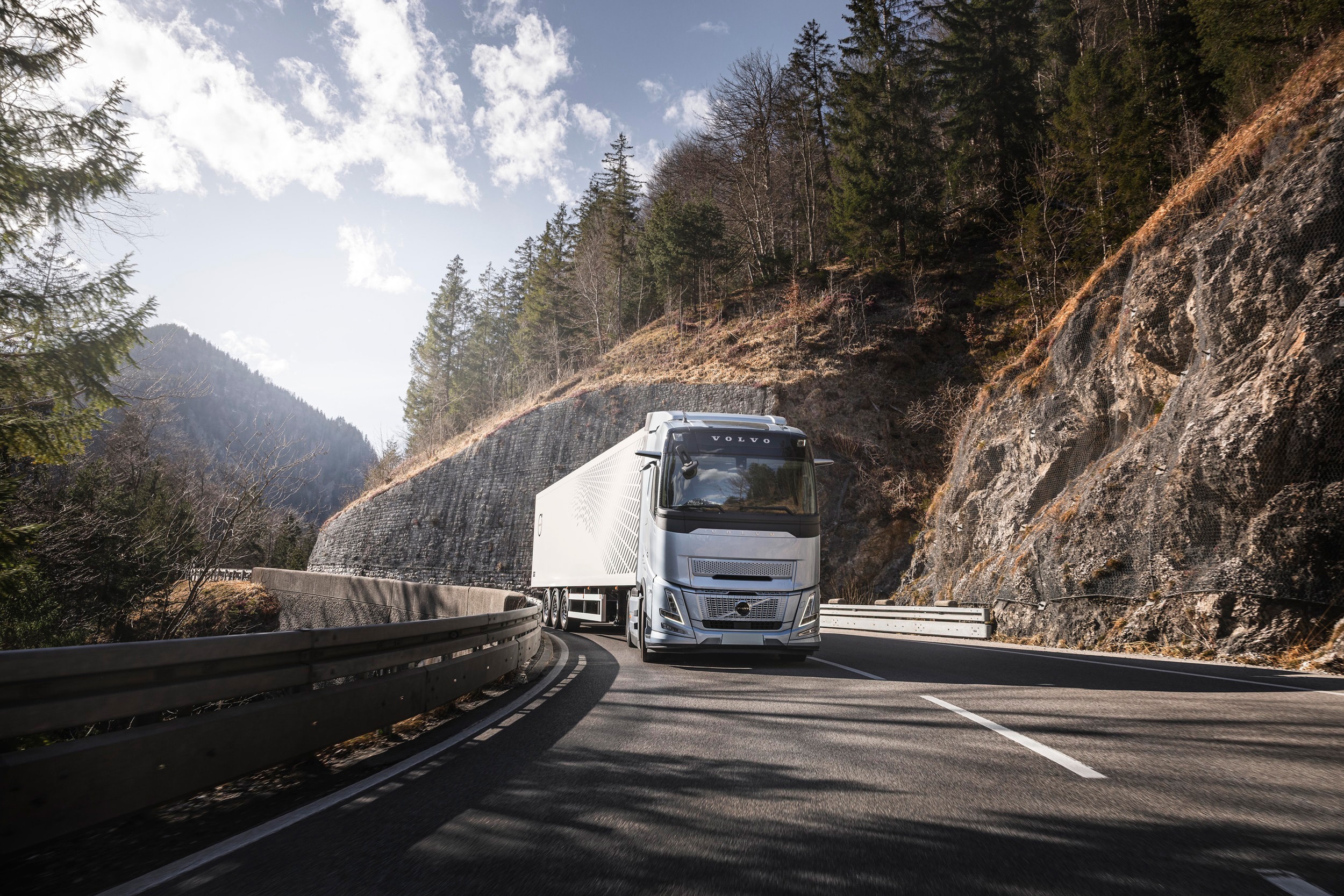
Data-driven innovation in infrastructure
Hackathons make the impossible possible
A proven approach to stimulate innovation is to bring together a multidisciplinary group of experts in one location, where they work together under time pressure and in complete freedom on customized customer issues. The solutions are often so valuable that implementation in practice is a logical next step here. This became clear again during a hackathon organized by CGI's iAMLAB, a pilot lab to demonstrate the value of data-as-a-service using practical examples. In collaboration with experts from the infrastructure sector, they focused during an intensive three-day event on the question: How can a Digital Twin add value to infrastructure?
In the hackathon, CGI worked together with experts from Rijkswaterstaat, ProRail, Kadaster, Esri Nederland, Microsoft, TNO and Triply. Software engineers, data engineers, data scientists, visualization experts and domain and infrastructure experts worked in three teams under enormous time pressure on the challenge: What is the added value of a Digital Twin for an end user? Using a 'playground' environment, the teams investigated the impact of a Digital Twin on a bridge operator, bridge constructor and road traffic controller, and what value it offers in the future for the various actors of Rijkswaterstaat.
Concrete results
During the hackathon, each team developed solutions that are directly applicable in daily processes in the infrastructure sector. In addition to sharpening the definition of the term "Digital Twin," the teams demonstrated applications that go beyond traditional 3D visualization. These include specific solutions for shipping, traffic management and asset management.
Digital Twin with integrated chatbot
For example, the winning team enriched the Digital Twin with an integrated AI chatbot specifically designed to support bridge operators. This chatbot instantly provides them with essential documents, including information from the National Bridge and Lock Standard (LBS) and laws and regulations. This result goes beyond innovative thinking; it provides concrete support for bridge operators in their daily work.
Practice test Moerdijk bridge
As a follow-up to the Digital Twin hackathon, a Digital Twin proof of concept was realized with data from the Moerdijk Bridge. The solutions were directly tested in practice.
Tjeerd de Jong, Program Manager at Rijkswaterstaat: "A great example of how innovative technology and existing data come together in the development of digital twins for asset management. This makes the digital world more and more a reflection of the real world, which is going to help us a lot in our tasks!"
Injury sessions
"Hackathons fit seamlessly with our vision within iAMLAB," underlines Vice President Consulting Expert Sjoerd Haverkamp of the Infrastructure and Water Management unit at CGI. "We recognize, explore and experiment with new technologies, always with the infrastructure sector in mind. For us, a hackathon is more than just a technological challenge; it is an opportunity to better understand the questions and needs within the infrastructure sector. The time pressure is high, but that encourages us to get quick results and provide solutions that are directly relevant to infrastructure."
Energy for the infra sector
"A hackathon energizes not only our team, but also our partners in the infrastructure sector for an entire quarter," experiences Henk van Haaster, Vice President Consulting Expert Data & Analytics at CGI. He explains, "It's a collaboration opportunity and a form of team building. Think of it as free training where you have to quickly master new technologies, always with a focus on the specific needs of the infrastructure sector. The results are not only impressive, but also show that together we can find innovative solutions that truly strengthen infrastructure. As Einstein once said, "You cannot solve a problem with the thinking that created the problem. This principle certainly applies to the hackathon."



